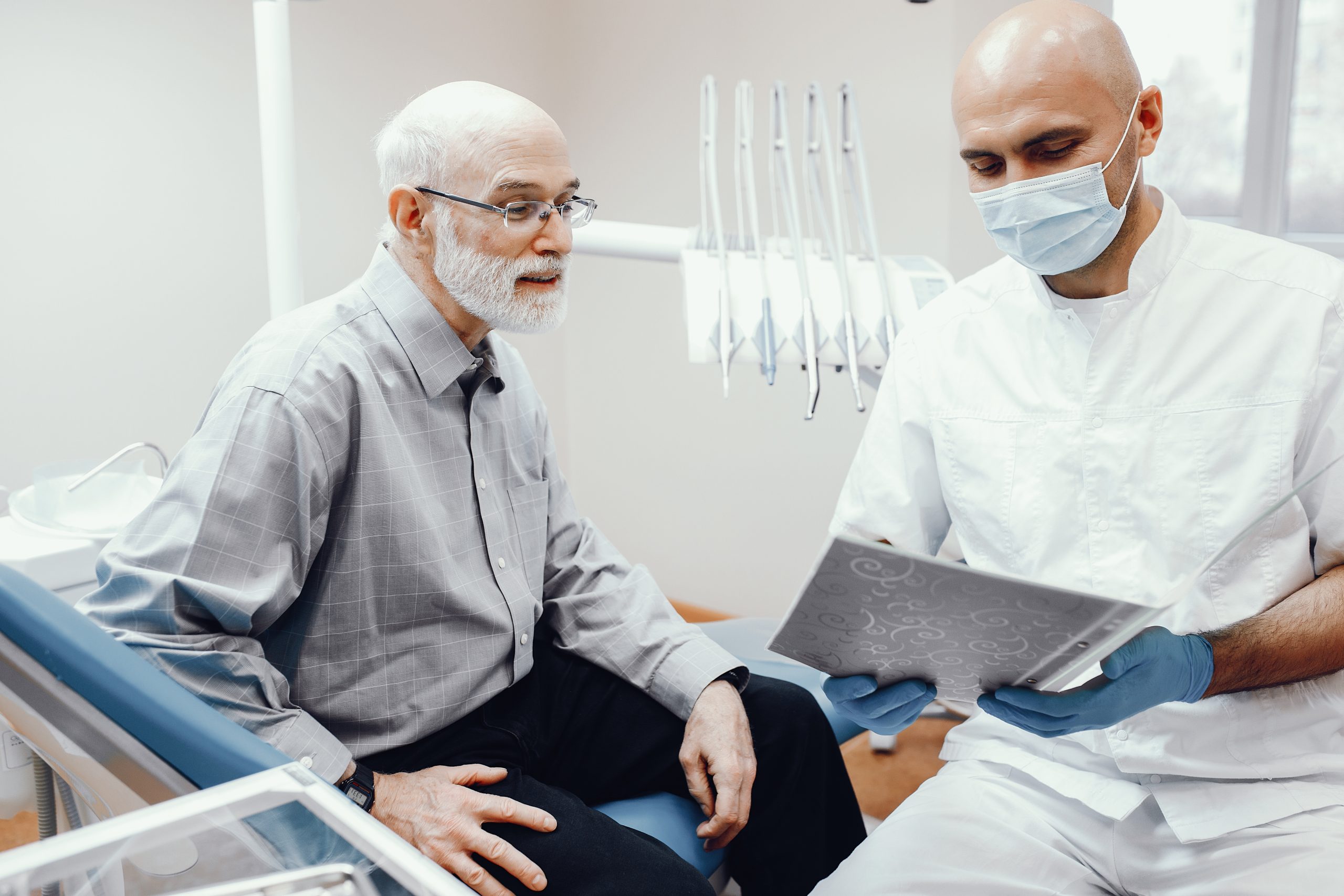Have you ever wondered how ancient civilizations approached the challenge of straightening teeth? The history of teeth alignment methods is a fascinating journey that spans from the use of simple finger pressure in ancient times to the development of more sophisticated techniques in the modern era, reflecting humanity’s enduring pursuit of dental health and aesthetics.
Ancient Teeth Straightening Practices
The quest for a perfect smile is not a modern phenomenon; it dates back thousands of years. Ancient civilizations were already experimenting with methods to correct misaligned teeth, showcasing the timeless desire for not only functional but also aesthetically pleasing smiles. Archaeological findings reveal that the Etruscans and Romans used rudimentary forms of dental appliances, resembling today’s braces, to apply pressure on teeth and move them to desired positions. These early attempts at teeth alignment demonstrate the ingenuity of ancient peoples in addressing dental issues with the limited materials and knowledge available to them at the time.
As dental technology evolved, so did the methods for straightening teeth. The journey from these ancient practices to the sophisticated techniques used today is a testament to human innovation in the pursuit of dental health and beauty. This evolution has culminated in the development of clear aligner technology, a revolutionary approach that has transformed orthodontic treatment. For those interested in understanding how far we’ve come from these early methods, Comprehending Advances in Invisalign Technology offers a deep dive into the latest advancements that make modern teeth straightening more effective and less intrusive than ever before.
Evolution of Orthodontic Techniques
The journey of orthodontic techniques through history is a fascinating tale of innovation and discovery. Initially, the methods for teeth alignment were rudimentary at best, often involving the use of force through manual adjustments and crude devices. As civilizations advanced, so did their understanding of dental care, leading to the development of more sophisticated techniques. By the 18th and 19th centuries, the foundation for modern orthodontics was laid with the introduction of dental braces. These early braces were made from materials like gold, silver, or even wood, and while they were a significant step forward, they were far from the efficient and comfortable solutions sought after today.
The 20th century marked a period of rapid advancement in orthodontic techniques, driven by technological innovation and a deeper understanding of dental science. This era saw the introduction of stainless steel braces, which became the standard due to their durability and effectiveness. However, the quest for more aesthetically pleasing and less invasive methods led to the development of clear aligners. These aligners represented a significant leap forward in orthodontic technology, offering a virtually invisible solution to teeth alignment. The evolution of orthodontic techniques has been driven by a constant desire to improve patient comfort, effectiveness of treatment, and aesthetic outcomes. For those seeking a Perfect Smile with Frederick Invisalign, the journey of orthodontic innovation continues to offer new and improved solutions.
Cultural Significance of Aligned Teeth
Throughout history, the alignment of teeth has held various cultural significances across different societies. In many cultures, aligned teeth are often associated with beauty, health, and social status. This perception has influenced the development of numerous methods for teeth alignment, reflecting the importance placed on having a harmonious smile. The quest for aligned teeth is not just a modern aesthetic pursuit but is deeply rooted in historical practices and beliefs. It showcases the universal desire for well-aligned teeth, which transcends time and geography, highlighting its significance in human culture and social interaction.
Technological Advances in Teeth Alignment
The journey of teeth alignment has witnessed remarkable technological advances over the years, transforming the way dental professionals approach orthodontic treatments. From the early days of metal braces to the latest digital imaging and 3D printing technologies, the field has seen a significant evolution. These advancements have not only improved the effectiveness and efficiency of treatments but have also enhanced patient comfort and convenience. The integration of computer-aided design and manufacturing, along with innovative materials, has paved the way for more precise and faster treatment outcomes. As we continue to embrace these technological strides, the future of teeth alignment looks promising, offering new possibilities for achieving optimal dental health and aesthetics. For those seeking professional dental care, Frederick Dentist Dentist at Lee Family Dentistry stands ready to provide expert guidance and services.
Future Trends in Orthodontics
The landscape of orthodontics is constantly evolving, with innovative advancements shaping the future of teeth alignment methods. As technology progresses, the field is expected to witness a surge in less invasive, more efficient treatment options that cater to the comfort and convenience of patients. The integration of digital tools and artificial intelligence is poised to offer personalized treatment plans with greater precision and shorter treatment times. Moreover, the focus on aesthetic and removable devices is likely to increase, meeting the growing demand for discreet orthodontic solutions. These future trends signify a transformative period in orthodontics, aiming to enhance patient experiences and outcomes in teeth alignment.
Conclusion
Throughout history, the methods of aligning teeth have evolved significantly, reflecting advancements in dental science and technology. For more insights, call us at 301-662-0300 or read our reviews on Google Maps.

